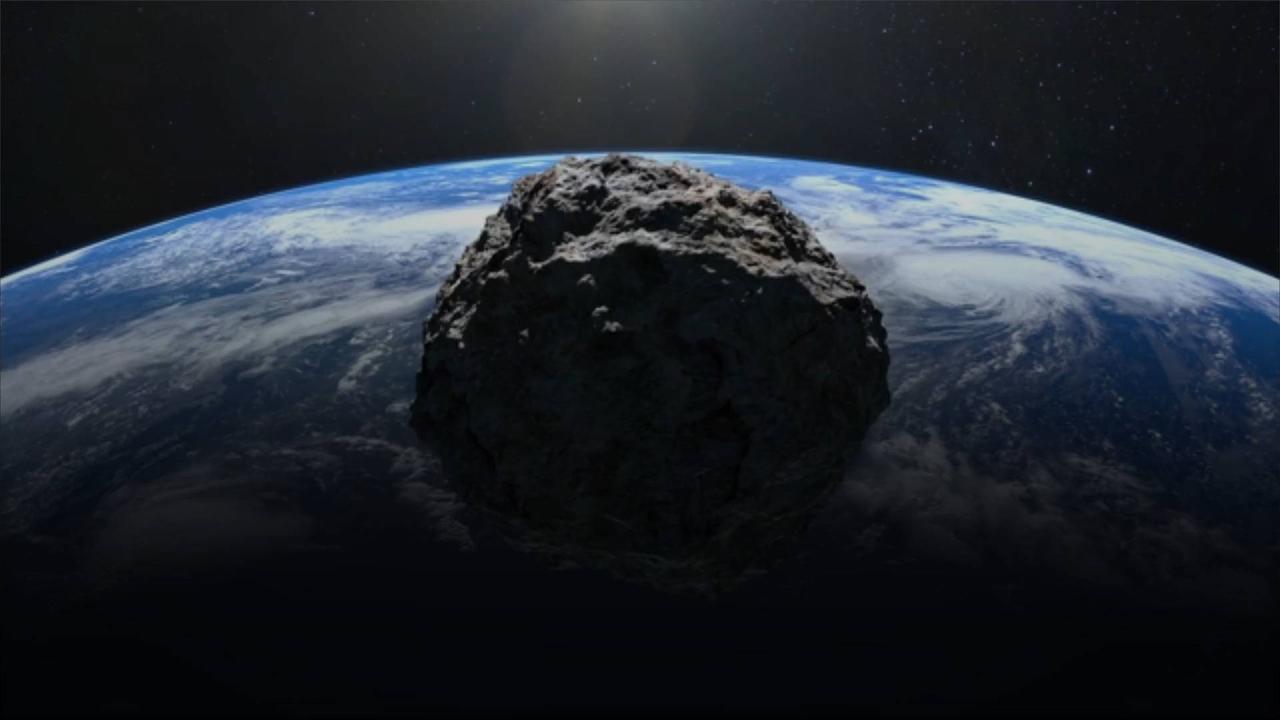'Potentially Hazardous' Asteroid to Zoom Past Earth

'Potentially Hazardous' Asteroid to Zoom Past Earth
'Potentially Hazardous' Asteroid , to Zoom Past Earth.
'Newsweek' reports that a massive "potentially hazardous asteroid," approximately the size of the Empire State Building, is due to pass the Earth.
According to NASA's Center for Near-Earth Object Studies (CNEOS), the asteroid is estimated to be between 690 and 1,570 feet across.
The large asteroid will pass the Earth at a distance of just about 0.01908 astronomical units, equal to about 1.77 million miles, a close call in astronomical distances.
The asteroid will make its flyby on February 2, passing the Earth at an estimated 40,700 miles per hour.
'Newsweek' reports that asteroids are rocks left over from the formation of our solar system, which can range in size from fairly small to enormous.
.
Ceres, the largest known asteroid, is a staggering 600 miles across.
The asteroid on the way to pass Earth is classified as both a "Near Earth Object" (NEO) and a "Potentially Hazardous Asteroid" (PHA) due to its size and trajectory.
There are 31,000 known solar system objects that are considered NEOs, while NASA is aware of 2,350 PHAs.
A potentially hazardous asteroid (PHA) is one that has an orbit intersecting the Earth's orbit around the Sun by less than 0.05 astronomical units (1 AU is the distance to the Sun), that's just over 4.5 million miles.
, Martin Barstow, professor of astrophysics and space science at the University of Leicester in the U.K., via 'Newsweek'.
It also has to have an absolute brightness of 22.0 or less (lower values of the magnitude are brighter = larger objects), ie.
An asteroid (or comet) that would cause significant regional damage if it hit the Earth.
, Martin Barstow, professor of astrophysics and space science at the University of Leicester in the U.K., via 'Newsweek'.
Not all NEOs are potentially hazardous, but all hazardous objects are NEOs, Martin Barstow, professor of astrophysics and space science at the University of Leicester in the U.K., via 'Newsweek'


![VIDEO: Meteorite Crash Sparks PANIC Across South Carolina, Georgia After 'FIREBALL' Seen In Sky [Video]](https://video.newsserve.net/300/v/20250627/1414909394-VIDEO-Meteorite-Crash-Sparks-PANIC-Across-South-Carolina.jpg)
![‘Jai Hind! Jai Bharat’ | Indian Astronaut Shubhanshu Shukla Lifts-off to Space | Axiom-4 Mission [Video]](https://video.newsserve.net/300/v/20250625/1414786640-Jai-Hind!-Jai-Bharat-Indian-Astronaut-Shubhanshu.jpg)
![India, Poland, Hungary launch astronauts to space after 40 yrs | Axiom-4 mission lifts off from NASA [Video]](https://video.newsserve.net/300/v/20250625/1414742416-India-Poland-Hungary-launch-astronauts-to-space-after.jpg)
![Strait Of Hormuz In CHAOS: Three Ships Ablaze Near Strait Of Hormuz Amid Israel-Iran Conflict [Video]](https://video.newsserve.net/300/v/20250618/1414186392-Strait-Of-Hormuz-In-CHAOS-Three-Ships-Ablaze.jpg)
